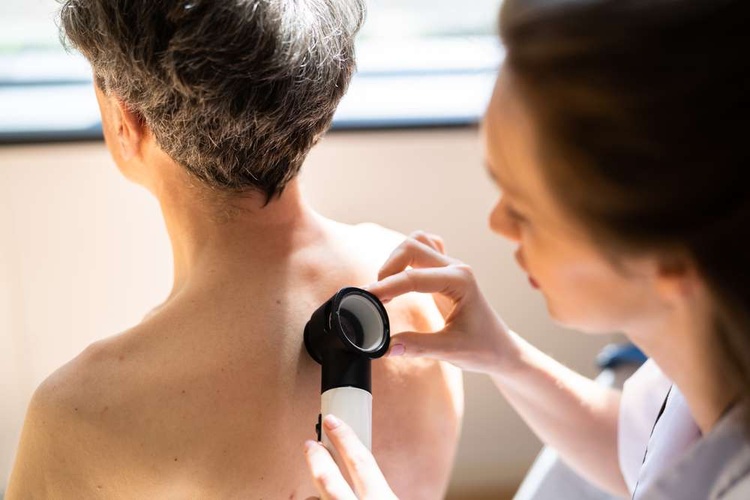Basal Cell Carcinoma Treatment Options and Care
Basal cell carcinoma (BCC) is a common form of skin cancer that usually grows slowly and originates in the basal cells of the epidermis. Most cases are highly treatable when detected early, but the right approach depends on tumor size, location, subtype, and patient health. This article summarizes typical diagnostic steps, medical and procedural treatment options, expected outcomes, and follow-up considerations to help you understand clinical choices and how dermatology teams manage BCC.

This article is for informational purposes only and should not be considered medical advice. Please consult a qualified healthcare professional for personalized guidance and treatment.
What is basal cell skin cancer?
Basal cell carcinoma is a type of skin cancer that arises from basal cells in the lowest layer of the epidermis. It commonly appears on areas exposed to the sun, such as the face, neck, and arms. Lesions may look like pearly bumps, open sores, or scaly patches that won’t heal. Although BCC rarely metastasizes, it can invade surrounding tissue and cause local damage if untreated. Understanding the appearance and risk factors—UV exposure, fair skin, and prior radiation—helps with early detection and prompt treatment.
How is cancer diagnosed and staged?
Diagnosis typically begins with a clinical examination by a dermatologist, who will evaluate the lesion’s appearance and history. If BCC is suspected, a skin biopsy removes part or all of the lesion for microscopic analysis. Biopsy confirms the diagnosis and can identify subtypes (nodular, superficial, morpheaform) that influence treatment choices. Imaging or additional clinical staging is rarely necessary for small, localized BCC but may be considered for large, recurrent, or aggressive tumors to assess deeper invasion or involvement of nearby structures.
What medical treatments are available?
For superficial or small BCCs, topical medical treatments can be effective. Prescription creams such as imiquimod or 5-fluorouracil (5-FU) stimulate local immune response or target abnormal cells and are usually applied over several weeks. Photodynamic therapy combines a topical photosensitizing agent with a specific light source to destroy cancerous cells and is often used for superficial types. Systemic medical options, like hedgehog pathway inhibitors (for example, vismodegib or sonidegib), are reserved for locally advanced or metastatic BCC when surgery or radiation are not feasible.
What procedural treatment options exist?
Surgical procedures are commonly used to remove BCC and provide tissue for margin assessment. Standard surgical excision removes the tumor with a margin of normal skin. Mohs micrographic surgery is a tissue-sparing technique that examines 100% of surgical margins during the procedure and is preferred for facial, recurrent, or high-risk lesions. Curettage and electrodesiccation scrape and cauterize tumors and can be suitable for small, low-risk lesions. Cryotherapy (freezing) is another option for small superficial lesions. Radiation therapy may be chosen for patients who are not surgical candidates or for certain anatomic locations.
When should you consult dermatology or seek treatment?
Seek evaluation by a dermatology specialist for any suspicious or non-healing skin lesion, especially on the face or areas with prior treatment. Dermatologists can offer biopsy, staged excision (Mohs), or direct medical therapies and coordinate care with surgical oncology or radiation oncology for advanced cases. Regular skin checks are recommended for people with a history of BCC since risk of a new primary or recurrence is higher. Local services and dermatology clinics in your area provide diagnostic and treatment pathways tailored to the lesion’s characteristics and patient preferences.
Conclusion
Basal cell carcinoma encompasses a range of clinical presentations and treatment options from topical medical therapies and minimally invasive procedures to surgical excision and targeted systemic drugs for advanced disease. Early detection and appropriate selection of treatment by a dermatology team generally yield favorable outcomes. Post-treatment follow-up and preventive measures—sun protection and regular skin exams—are important to reduce the chance of recurrence and detect new lesions promptly.






